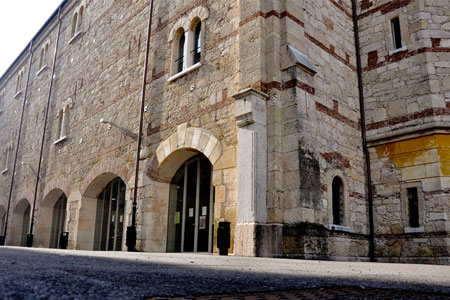
Relatore:
Cristina Salvioni and Anna Gloria Billè
- University of Chieti-Pescara and Free University of Bozen
mercoledì 25 ottobre 2017
alle ore
12.30
Polo Santa Marta, Via Cantarane 24, Room 1.59
In agriculture, there is a long tradition of studies aimed at identifying homogeneous farming areas (HFA), that is areas which have a fair degree of uniformity in production technologies. Such local uniformity in technologies is the result of long term, dynamic interactions among site-specific environmental variables and farmer decision making about technology. In other word, environmental and social factors contribute to describe a patchy technological landscape, characterized by the presence of discrete spatial technological regimes. Borrowing from spatial econometric analysis, HFA can be defined as spatial regimes in technologies, i.e. spatially heterogeneous subsets of farms identified using the criterion of intra-group homogeneity in technology.
The zoning of HFA is largely unknown though, this is mainly due to the fact that their identification needs the processing of large quantities of data which are not usually detected by agricultural surveys at the farm level. In this paper, we use a two-step procedure, which exploits the information on unobserved heterogeneity carried by the geographic coordinates of farms, to endogenously identify spatial production regimes, and estimate coefficients that vary between the regimes. The first step of the procedure takes explicitly unobserved spatial heterogeneity into account to identify subsets of farms that follow a similar local spatial production regime. The second step deals with spatial dependence and consists in the specification of a spatial autoregressive model with autoregressive disturbances and spatial regimes. This two-step procedure is applied to two regional samples of olive growing farms in Italy. The main finding is that spatial autoregressive models with regimes fit the data best, proving that explicitly accounting for unobserved spatial heterogeneity is of crucial importance when modelling the production function of farms. Our empirical results confirmed the existence of local technology clusters of farms, i.e. areas in which farms follow a local production econometric model. At this regard, it is interesting to note that we find there is a good overlap between the spatial regimes identified by the iterative procedure and the areas covered by different olive oil Protected Denomination of Origin (PDO). This overlap cross-validates the ability of geographic coordinates to account for the heterogeneity in spatial distribution of crop production technologies.








